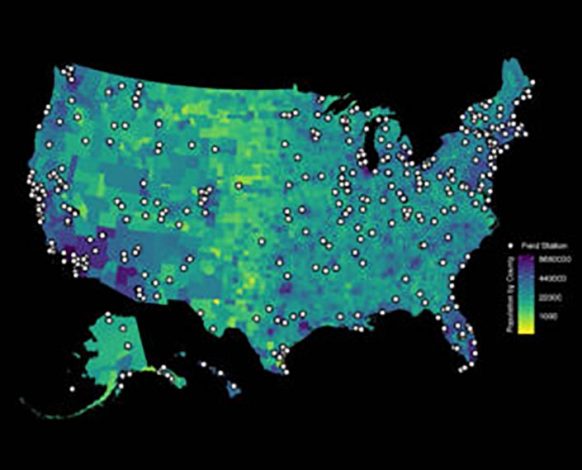Field stations across nation could improve STEM education, study says

The general public and scientists are finding common ground at hundreds of biological field research stations across the nation, according to a Texas A&M University and Colorado State University study.
In addition to offering logistical and research support to scientists doing field work, biological field stations provide informal science, technology, engineering and math, or STEM, learning opportunities to the general public, said Rhonda Struminger, assistant professor of the practice, Department of Ecosystem Science and Management.
Struminger, doctoral candidate Rachel Short and Assistant Professor Michelle Lawing recently published a paper outlining the results of a study in the journal BioScience with collaborator Jill Zarestky at Colorado State University.
Around 400 stations throughout the United States offer a rich variety of outreach activities: from banding birds at the Selman Living Lab in Oklahoma, to making maple syrup at the Raystown Field Station in Pennsylvania, to the Science Under the Stars public lectures at the Brackenridge Field Laboratory near Austin,
“With approximately 78 percent and 98 percent of the U.S. population living within 60 and 120 miles of a field station, respectively, these stations have the potential to be key providers of informal STEM education,” Short said.
Struminger said the results of a preliminary survey conducted of U.S. biological field stations indicate they are offering informal learning opportunities to the general public.
“In the study, we propose an informal STEM education framework, which can guide future outreach efforts of field stations and can act as a tool for evaluating current initiatives,” she said.
Additionally, Struminger said, field stations are prioritizing outreach by dedicating personnel and fiscal resources to their outreach programming.

